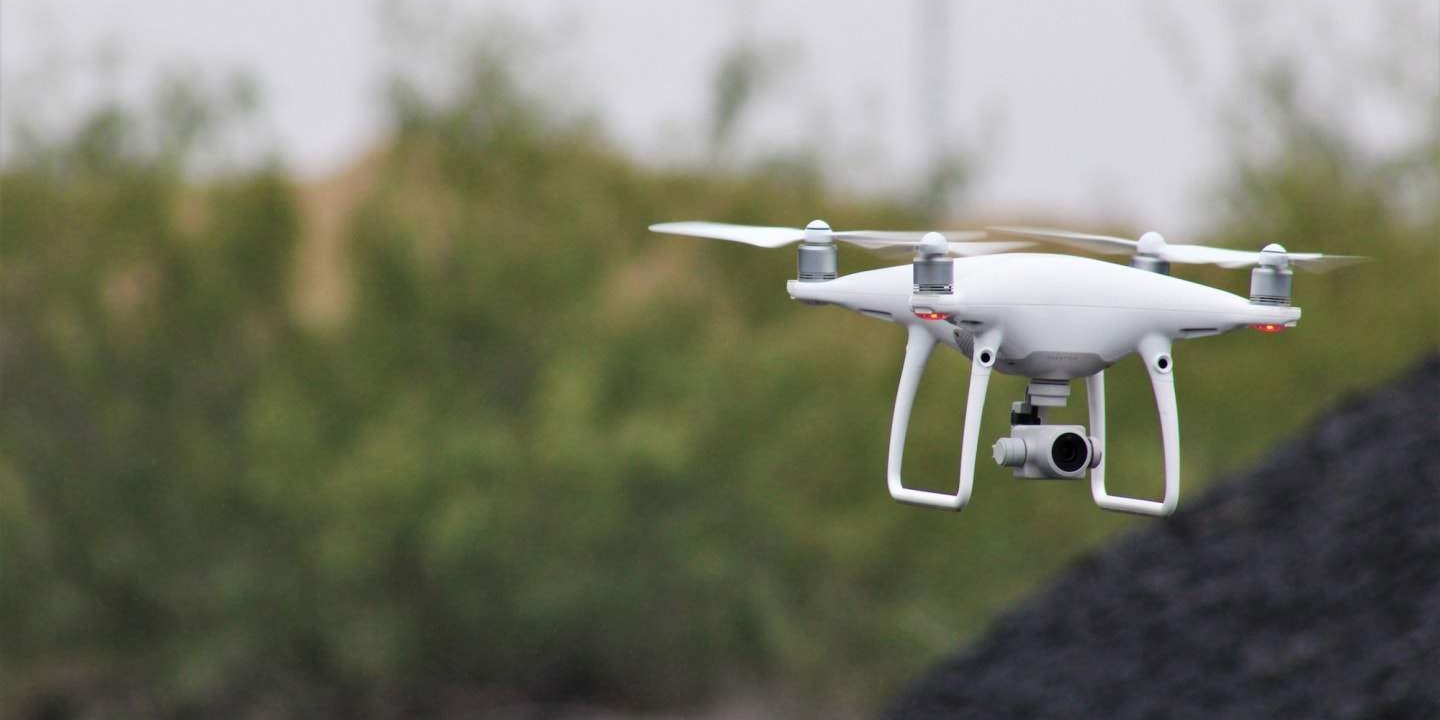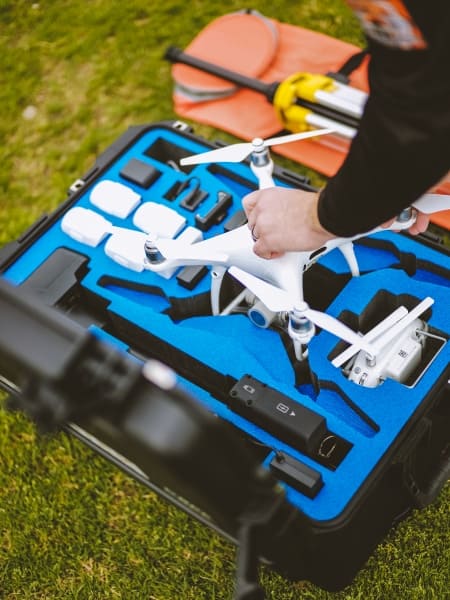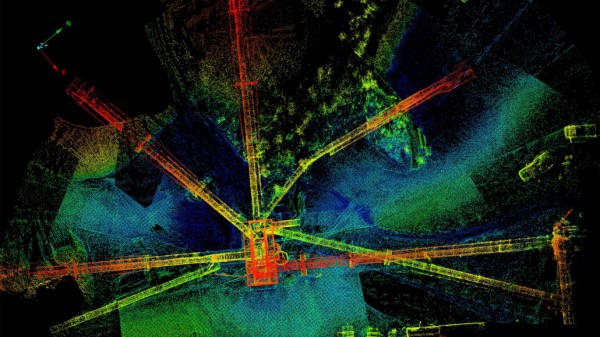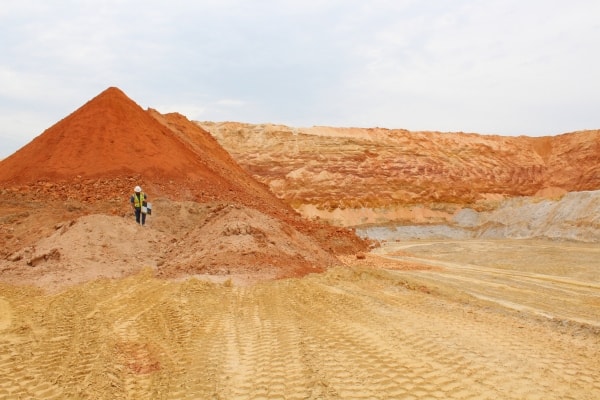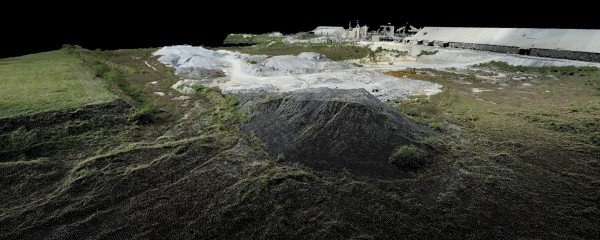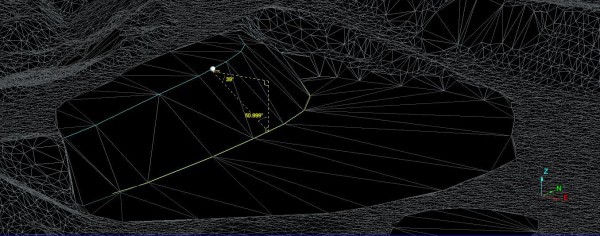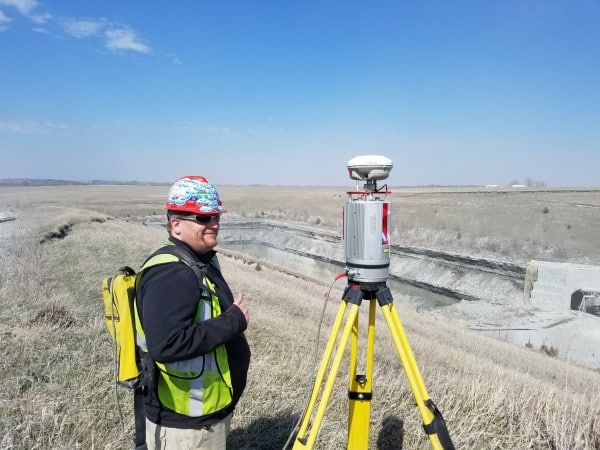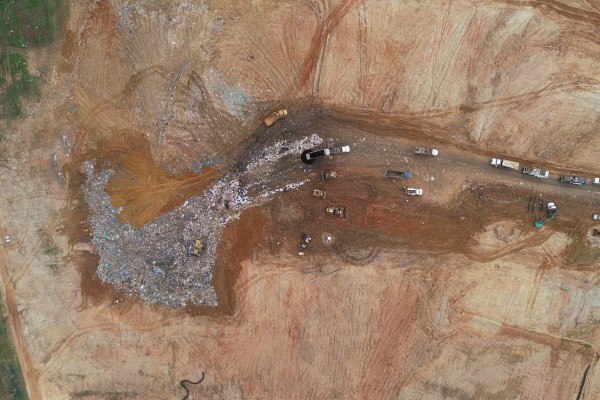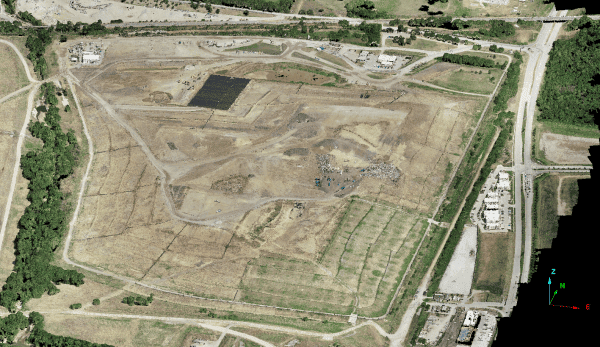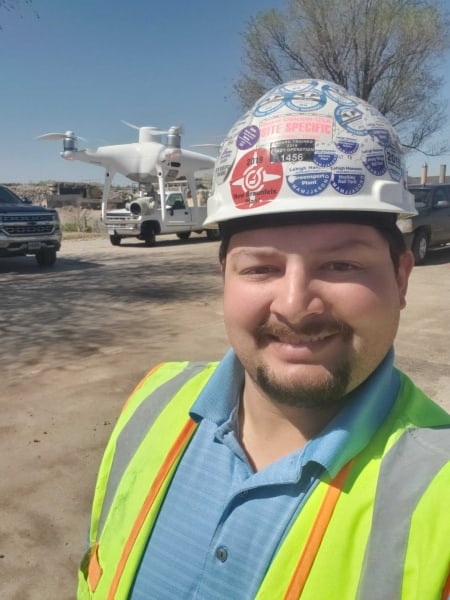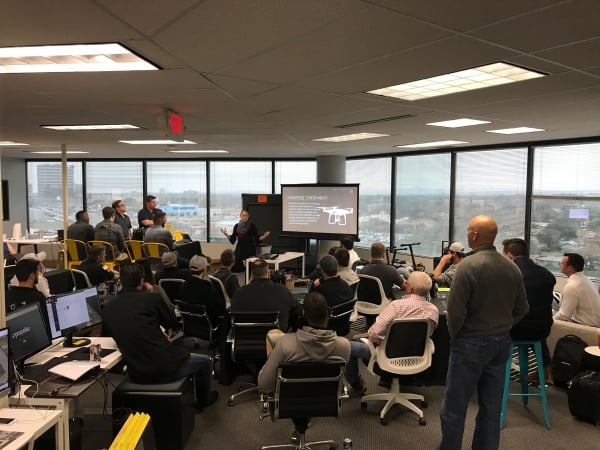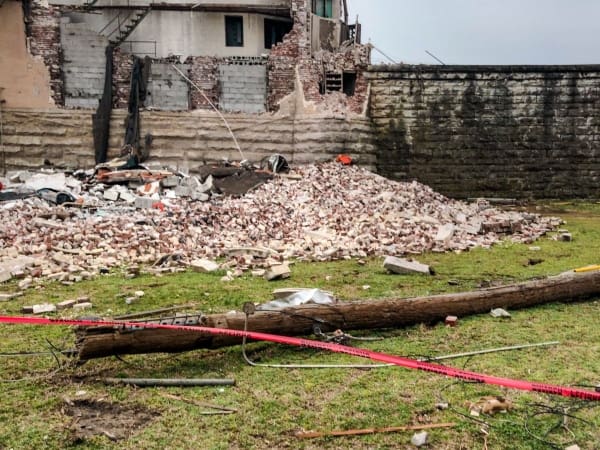Responding to Bloomberg’s article: Drone Bubble Bursts, Wiping Out Startups and Hammering VC Firms
By Andrew Maximow, Chief Drone Officer.
In a recent Bloomberg article, the author describes a slowdown in the commercial drone market. Listing several key changes in the industry over the last decade, he dives into a lack of traction in several areas and the demise of startups and established firms that have burned through hundreds of millions of dollars in VC investments. Having been in this space for over five years, I have witnessed the events that the author describes. Fortunately he leaves us with a glimmer of hope mentioning, “Unmanned aircrafts are still seen as the pillar of the future.” I tend to agree and see several key trends:
- Its not about the drone. Its about the insights derived from the data.
- There’s no money in just flying drones.
- Focus on the investment from the self-driving vehicle space. That’s where the money is.
Hardware is a challenging, competitive side of this industry, which is why the vast majority of companies in the drone space are no longer making drones. As a good friend of mine once said, “the flying robot problem has largely been solved” and for us at Firmatek, the drone is merely a data collection device. Just like any other widget, Moore’s Law is the predominant market driver with less than a handful of dominant players. As we’ve written on this topic several times before, the real value for customers is in the insight derived from the analytics and data captured by the drone. It’s insight that helps businesses solve real world problems that are otherwise not possible by other means. Our company and subject matter experts will continue to focus on insights by leveraging the best of breed hardware and software tools. There is clearly a market for insights.
As I mentioned earlier, the flying robot problem has been solved. And the best part is that they fly themselves. There’s an app for that. In fact, there are many autopilot apps. I would argue that for many missions, the app flies much better and safer than a human operator. It doesn’t get tired, it stays focused, it does exactly what it is told, and it doesn’t make mistakes. Successful drone missions are practically two clicks away. For that reason, the human piloting expertise is becoming less and less relevant, and less and less valuable. As such, the market for drone pilots is diminishing and the FAA new Part 107 license and recertification numbers reflect that.
Let’s not beat-up and mock the many VC firms who have generously devoted somewhere in the neighborhood of $500M into this space. Some of that will turn to gold, but the true ROI has been the invaluable market research and discovery of where drone tech and drone data bring value. Just think about what we have learned about drones in agriculture, 3D mapping, insurance, inspection, cinematography, and the consumer space. There are some home runs here. Drones in the Public Safety industry are booming with the tremendous impact of safety and saving lives. What we’ve seen over the past couple of years, as described in the Bloomberg article, is typical in the tech space. Tech cycle after tech cycle tends to follow the innovation lifecycle curve. We’ve seen this before and will continue to do so over and over again.
It is also interesting that some of the most valuable investment in drones, albeit indirect, is coming from other industries. Initially this came from smartphones and now it is coming from the self-driving vehicle industry. Many of the sensors (acelermoeters, gyros), cameras, navigation (GPS) tech innovation has been borrowed from smartphones. Some industry analysts estimate billions are being invested in self-driving cars, trucks, and flying cars. This industry represents the next generation in high-tech cameras, LiDAR, GPS, and autonomy that will trickle down to drones. This is the big one to watch!
So while the VC drone bubble may have burst, it doesn’t mean that drones are going away. They are a fantastic tool and are enabling business to get better information in a safer and more timely manner. It is just that the drone hardware itself or just flying a drone is not where the value is. The value is in the insights that we can glean from the data. That is how drones make an impact on a wide array of industries form public safety to mining to utilities. The hardware will continue to develop and improve, in large part due to other industries developing tech that the drone industry can use. That hardware will enable businesses to get even better or formerly unavailable information that they can use to make better decisions and improve operational efficiencies and safety. Drones are indeed still a “pillar of the future.”

